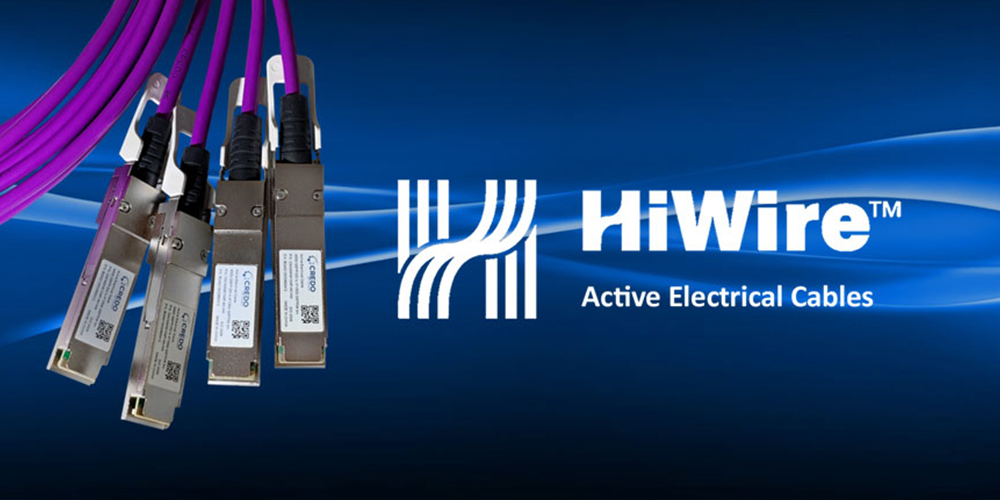
200 Gbps Active Electrical Cable (AEC) to Play Key Role in Current and Next Generation Server Connectivity
Server bandwidth continues to explode. Led by a confluence of next-generation processors, lower process geometry, better software, and the push toward AI, the market is seeing a rapid transition to 50 Gbps, 100 Gbps, and even 200 Gbps ports on each server. AI workloads usher in enormous data sets, and additional accelerators in the server (Smart NICs, DPUs, FPGAs, etc.) continue to push AI traffic bandwidth to outpace the overall network growth of the past five years. Our workload projection has AI-based workloads driving nearly 100% bandwidth growth on the server through 2025 compared to 30-50% in traditional workloads.
With such large amounts of data moving into the server, reliability and power become more important to operators. Power budgets are not increasing this fast, and DAC can only achieve so much speed. AECs proved themselves at multiple cloud providers and hyperscalers earlier in 2021. Early 2022 designs indicated additional design wins with AEC. AECs have high reliability, are on par with DACs, and are far higher than traditional optics. At the same time, AECs have lower power consumption than fiber and can stay comfortably in most operators' power budgets.
Additionally, AECs are specializing. For example Credo’s Y-Split SWITCH AEC is designed to support failover, the CLOS AEC supports front-panel connectivity in distributed disaggregated chassises, and the SHIFT AEC has the ability to shift between different SERDES lanes (56G PAM4 and 28G NRZ), which allows operators to qualify fewer variations of the cable, future-proofing some connections.
As we look on the OCP Summit floor today, virtually and in person, we see many demos of 200 Gbps. In particular, we spotted implementations at two locations using 200G SWITCH AECs, which Credo announced earlier today. One was with NVIDIA and Wiwynn, and the other with Arrcus and UfiSpace.
The AEC cable will play a more significant role in server connectivity in 2022 and in the overall 56G SERDES connectivity generation to enable new and more powerful applications (AI/ML and existing cloud workloads) to take advantage of higher-speed links.

